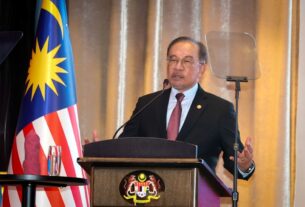In a historic shift for Japan, Sanae Takaichi, a strong-willed conservative often dubbed a “China hawk,” has emerged as the new leader of Japan’s ruling Liberal Democratic Party (LDP) — positioning her to become the country’s first-ever female prime minister.
At 64, Takaichi is far from a political newcomer. A staunch admirer of Margaret Thatcher, she brings with her decades of political experience and a clear ideological stance that resonates deeply with the traditionalist base of the LDP.
Her election comes at a critical juncture. The LDP, long dominant in Japanese politics, is grappling with declining public trust, rising nationalist sentiment, and the emergence of new political challengers like Sanseito, a party stirring strong opinions around immigration and national identity. As Japan faces complex issues—a rapidly ageing population, economic stagnation, and growing geopolitical tensions—Takaichi must not only lead but also rebuild public confidence.
In a dramatic runoff vote, Takaichi narrowly edged out Shinjiro Koizumi, the charismatic 44-year-old son of a former prime minister, whose youthful charm and modern image generated buzz but not enough votes. While Koizumi would have represented a fresh, generational shift for the LDP, many felt his lack of depth could be risky in turbulent times.
Now, the weight of expectations rests on Takaichi. Despite her breakthrough as Japan’s first woman at the helm, her critics argue she offers little on women’s rights or gender equality, making some wonder what kind of legacy she aims to leave behind.
Takaichi’s campaign tone leaned toward cultural conservatism, even cautioning against accepting immigrants “with completely different cultures and backgrounds.” Her rhetoric echoed that of rising right-wing movements in Japan, many of which describe immigration as a “silent invasion”—a stance that has stirred both support and concern.
Still, on the economic front, Takaichi has shown openness to reviving “Abenomics” — the strategy of monetary easing and fiscal stimulus once championed by her political mentor, Shinzo Abe. Whether she follows through or adapts remains to be seen.
As she prepares to take over from outgoing Prime Minister Shigeru Ishiba, who stepped down after losing majority control, the world will be watching how Japan’s first female leader navigates the fine line between progress and preservation.




